Tag: Past
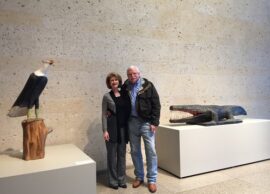
The Fine Art of Collecting
Selections from the Judge B. Michael and Elise Chitty Collection Mike and Elise Chitty’s interest in art began shortly after they married in 1977. As of 2017, their private collection consists of more than 400 works of art and artifacts and counting. For the collectors, each object contains the history of creative expression and the experience of discovery. The couple’s … The Fine Art of Collecting
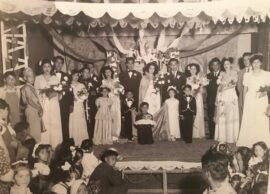
Hispanic Heritage Month – Cultural Heritage Exhibition 2022
The Grace Museum is collaborating with Abilene Christian University’s Introduction to Public History: Interpreting American Pasts course to create monthly exhibitions that coincide with different cultural heritage months throughout the year. These exhibitions highlight the narratives of various cultural groups that are integral to Abilene’s history while weaving these stores into the broader historical fabric of the United States. Hispanic … Hispanic Heritage Month – Cultural Heritage Exhibition 2022
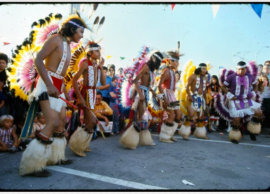
Native American Heritage Month – Cultural Heritage Exhibition 2022
The Grace Museum is collaborating with Abilene Christian University’s Introduction to Public History: Interpreting American Pasts course to create monthly exhibitions that coincide with different cultural heritage months throughout the year. These exhibitions highlight the narratives of various cultural groups that are integral to Abilene’s history while weaving these stores into the broader historical fabric of the United States. November … Native American Heritage Month – Cultural Heritage Exhibition 2022
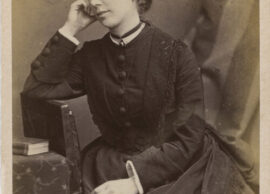
Early Photographic Portraits from the Permanent Collection
Capturing a likeness goes back to the earliest of times, however, with the invention of cameras in the 1800s, portraits became more popular and easily attainable. Cartes-de-visite and Cabinet Cards were albumen prints mounted on small cards, typically portraits of the subject. The Cartes-de-visite, invented in France, were smaller cards made between the 1860s and 1870s. A larger portrait, called … Early Photographic Portraits from the Permanent Collection
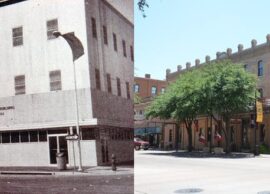
Downtown Revitalization Beginnings: Part II
From the founding of the city through the 1950s, Downtown Abilene was a bustling focal point of the city. However, with the decline of the railroad and growth toward the south, like many cities in the United States, the downtown area saw a decline in business and activity overall despite the municipal presence. By the 1980s, several vacant buildings sat … Downtown Revitalization Beginnings: Part II
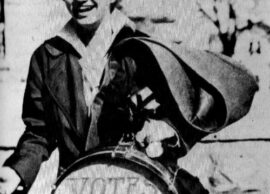
Citizens at Last: The Woman Suffrage Movement in Texas
The Grace Museum proudly presents “Citizens at Last: The Woman Suffrage Movement in Texas,” an exhibition produced by Humanities Texas, the state affiliate of the National Endowment for the Humanities. “Citizens at Last” is made possible in part by a We the People grant from the National Endowment for the Humanities. The ratification of the Nineteenth Amendment in 1920 ended … Citizens at Last: The Woman Suffrage Movement in Texas
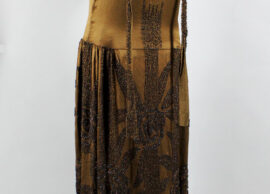
Women’s Fashion Evolution: 1900s – 1920s, from the Permanent Collection
From the Gibson Girl to the Flapper, women’s fashion evolution from the early 1900s to the 1920s in the United States was due to new economic and social factors for women. These three decades were a defining time as many women fought for the right to vote, joined the work force during World War I, and changed the traditional social … Women’s Fashion Evolution: 1900s – 1920s, from the Permanent Collection

Igor Melnikov: Dreamwatcher
Russian American artist, Igor Melnikov, challenges traditional associations with portraiture through his haunting paintings of emotionally ambiguous children isolated on a dark background. Although he often bases his paintings on children he knows, he also relies on old photographs as well as memories and dreams for details. He states that his main objective is not to record a likeness, but … Igor Melnikov: Dreamwatcher
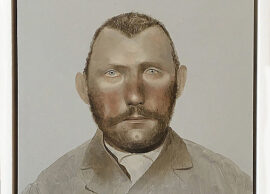
Sarah Ball: An Unlikely Likeness
British artist Sarah Ball is inspired by historical photographs but with a very different outcome. Using 19th and 20th century photographic archives of mug shots, Ball creates a series of intimate portraits of anonymous protagonists. Ellis Island immigrants, demonstrators and suspected criminals stare directly at the viewer. The meticulously rendered, expressionless faces, taken out of context are arrestingly human. The … Sarah Ball: An Unlikely Likeness
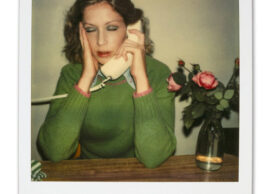
Paul Black: Carol
Photographer Paul James Black presents an intimate group of Polaroids and black and white photographs of only one person; his wife Carol. The photographs in the exhibition, Paul Black: Carol, were taken in the first two decades of their marriage and offer an intimate record into their private world in the 1960s and 70s. Carol is the only subject in … Paul Black: Carol
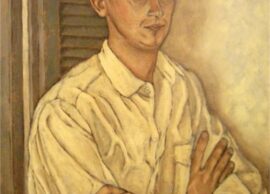
Up Close and Personal: Portraits from the Reaves Collection of Texas Art
Bill and Linda Reaves have been avid Texas art collectors for over forty years, and together have assembled an outstanding collection of artwork by 20th century Texas artists. The Reaves Collection of Texas Art reflects the breadth and depth of the collectors’ knowledge of Texas art and artists. This exhibition features a selection of artworks from their private collection focusing … Up Close and Personal: Portraits from the Reaves Collection of Texas Art
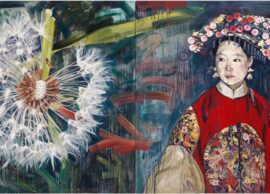
Hung Liu: The Long Way Home
Hung Liu is known for masterful recreations of historical Chinese photographs. Her subjects over the years have been Chinese refugees, street performers, soldiers, laborers, and prisoners, among others. Liu challenges the documentary authority of the appropriated photographs by reconstructing the narrative through a variety of media. Liu’s initially training in the Socialist Realist style of the Maoist regime is evident … Hung Liu: The Long Way Home
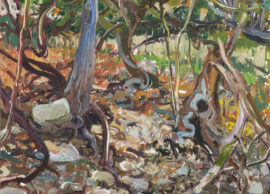
Gifts of The Collectors Circle
The generosity and continuing support of the Collectors Circle is the focus of this exhibition featuring works of art purchased and conserved by this outstanding group of Grace Museum supporters. On the evening of February 10, 2019, The Grace Museum celebrated the seventh annual Collectors Circle event. The tradition was established in 2012 by the Exhibitions and Collections Committee of … Gifts of The Collectors Circle

William Eggleston: Jamaica Botanical
33 photographs from the 1978 Jamaica Botanical Series Collection of The Grace Museum, Gift of Eddie Green William Eggleston is an American photographer. He is widely credited with increasing recognition for color photography as a legitimate artistic medium. Eggleston’s books include William Eggleston’s Guide (1976) and The Democratic Forest (1989). In the early 50s, William Eggleston (b. 1939 Memphis, TN.) … William Eggleston: Jamaica Botanical
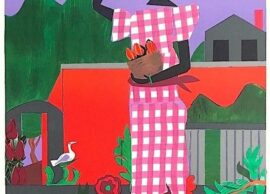
Gardens at The Grace: Selections from the Permanent Collection
What do artists Romare Bearden, Charles Taylor Bowling, Ken Hale, Jimmy Jalapeeno, Loren Mozley, Andy Warhol, Dan Wingren, Roger Winter, and Tony Sheets have in common? Clue #1: This is not a trick art history question. Clue #2: It does have something to do with gardens. Answer: Each artist had a work of art on view in Gardens at The … Gardens at The Grace: Selections from the Permanent Collection
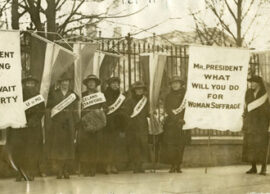
Votes for Women: A Portrait of Persistence
The story of women’s suffrage is a story of voting rights, of inclusion in and exclusion from the franchise, and of our civic development as a nation. Votes for Women: A Portrait of Persistence, a poster exhibition from the Smithsonian, celebrates the 100th anniversary of the Nineteenth Amendment and explores the complexity of the women’s suffrage movement and the relevance … Votes for Women: A Portrait of Persistence